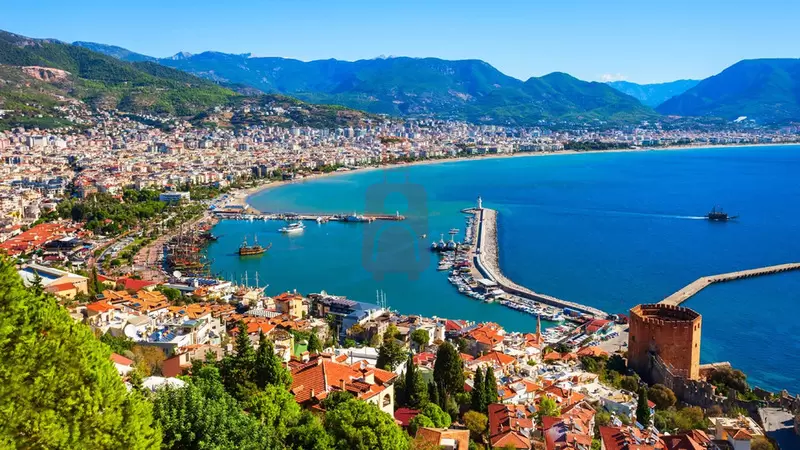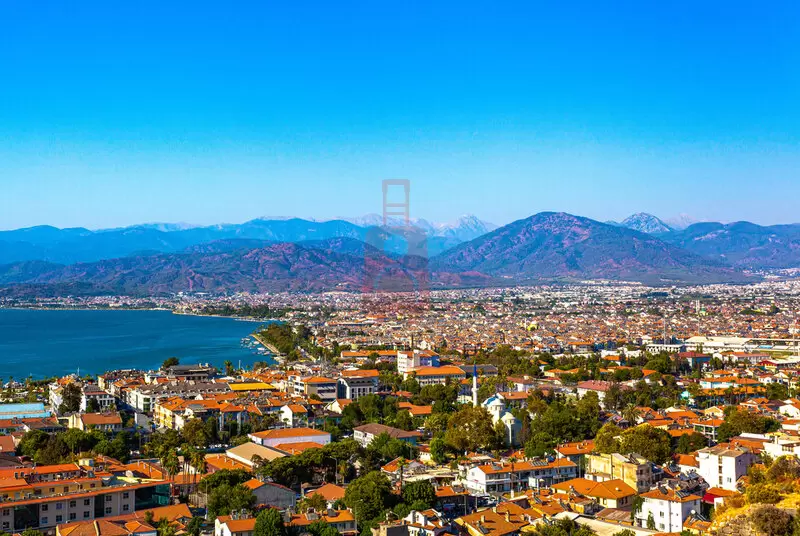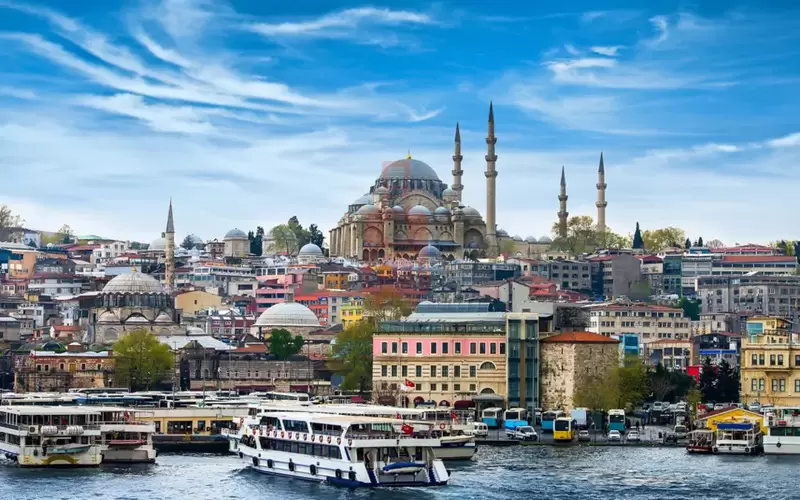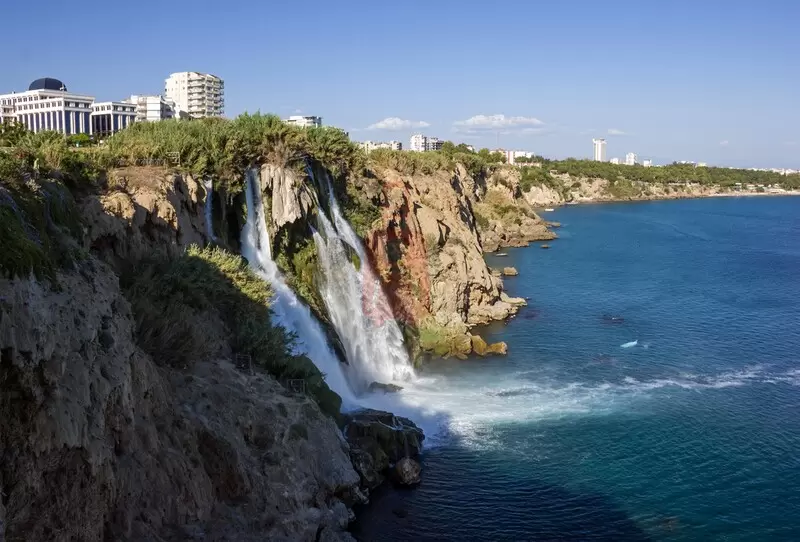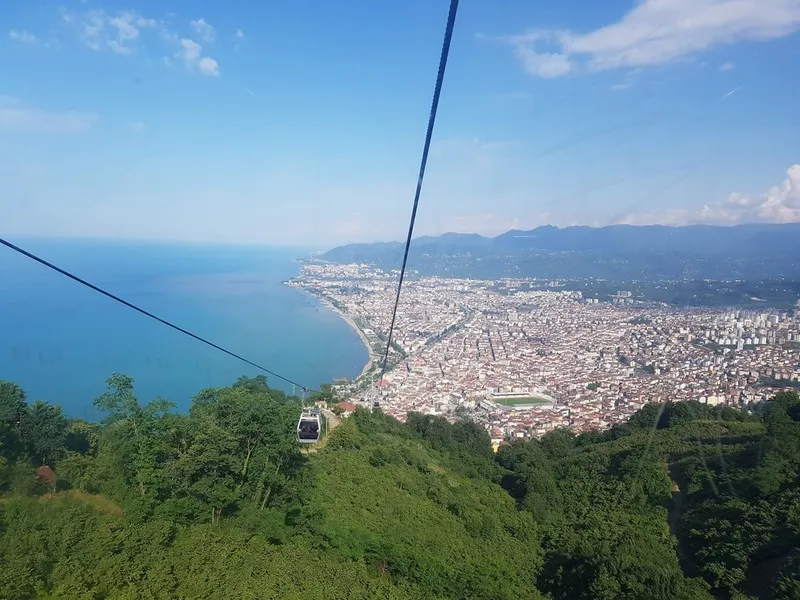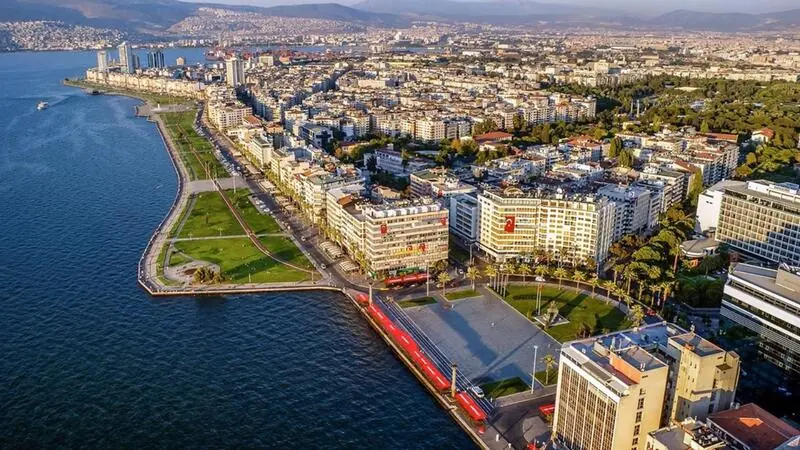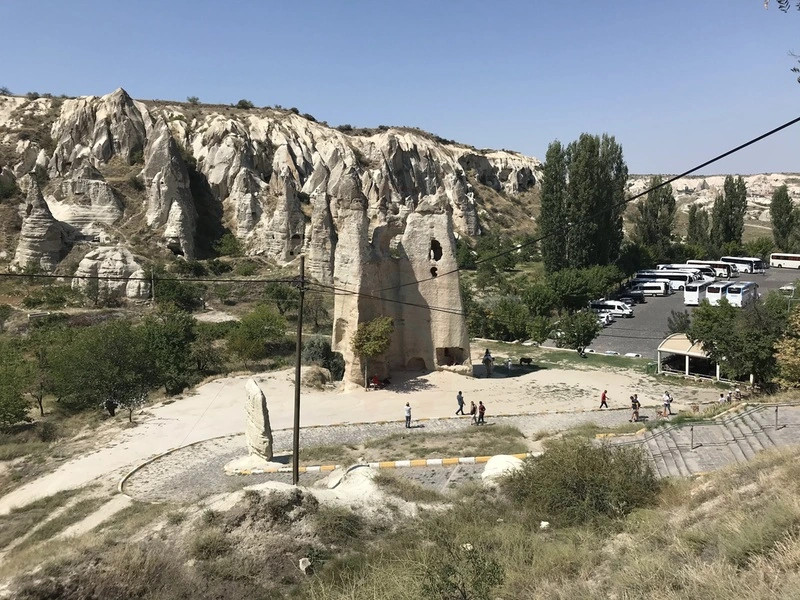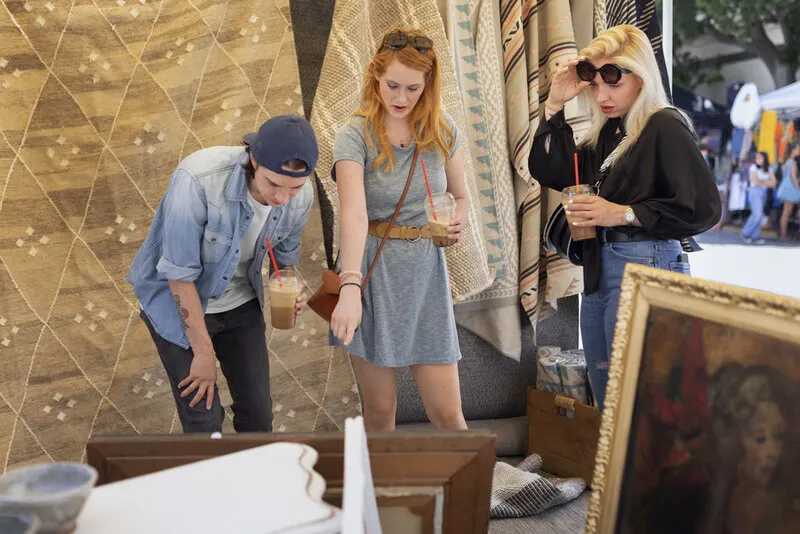
Historical Tours in Türkiye: A Journey of Deep Discovery in the Heart of Civilizations
Esteemed travelers, Türkiye, the historical meeting point of East and West for millennia, carries the whispers of an empire, the echo of a myth, and the footprints of a civilization etched into every square inch of its soil. A [Historical Tour] in Türkiye is more than just visiting museums and ruins; it is an uninterrupted [Time Tunnel] experience, stretching from the capital of the Hittites and the great cities of Rome to the religious centers of Byzantium and the aesthetic peaks of the Ottomans. Our country is an open-air laboratory with over 20 UNESCO World Heritage Sites, ready to offer you unique routes that will nourish your spirit of discovery.
As your professional guide, let's delve into the destinations with the deepest stories that best reflect the history of this geography. Get ready for an unforgettable journey through the layers of cultural richness.
I. The Meeting Point of Continents: Istanbul and the First Capitals of Marmara
The starting point of our historical tour is, without a doubt, [Istanbul], the city that served as the capital for three empires over more than a millennium. The city's [Historical Peninsula] is where this heritage is most densely concentrated.
The Heart of Byzantium and the Ottomans: Sultanahmet
Your first steps in [Sultanahmet Square] immediately place you at the center of history. Here stands the majestic [Hagia Sophia], a marvel of Byzantine engineering and spiritual ambition; directly opposite it is the six-minareted [Blue Mosque] (Sultanahmet Mosque), representing the aesthetic and religious power of the Ottoman Empire. These two structures are the most striking examples of architectural and religious transition. Just below the square, the [Basilica Cistern] presents the genius of Roman engineering in an eerie light.
The [Topkapi Palace], the administrative center of the Ottoman Empire for six hundred years, offers visitors a chance to see the living quarters of the sultans, the Council Hall where state secrets were discussed, and the magnificent Treasury. Furthermore, the [Chora Church] (now Kariye Mosque) outside the main walls houses some of the late Byzantine period's most vivid and detailed mosaics and frescoes.
The Birth of the Ottoman Empire and the Myth of Troy
Turning south from Istanbul, we arrive at [Bursa], the first capital of the Ottoman state. The multi-pillared architecture and impressive calligraphy of the [Great Mosque] (Ulucami) form the spiritual center of the city. The narrow, stone-paved streets and traditional Ottoman houses of [Cumalıkızık Village] (a UNESCO World Heritage site) are the best-preserved examples of the period's civil architecture.
Another key stop to the west is [Çanakkale]. Here, mythology and war history intersect. You stand at the site of the legendary [Ancient City of Troy] (a UNESCO World Heritage site), subject of Homer's Iliad, and then feel the emotional weight of modern history at the [Gallipoli Peninsula] and [Çanakkale Martyrs' Memorial], which mark the bloody conflicts of World War I.
II. Aegean and Mediterranean: Jewels of the Classical World
The Aegean and Mediterranean coasts host the best-preserved ancient cities of the Greek and Roman worlds. Here, historical richness is seamlessly integrated with magnificent nature.
Ephesus: The Marble City and Port
Located near [İzmir], the [Ancient City of Ephesus] (a UNESCO World Heritage site) is one of the most important centers of antiquity and Türkiye's most visited cultural heritage site. Walking on the marble-columned streets, you are greeted by the enchanting facade of the [Celsus Library], the symbol of the city's splendor. You can imagine ancient concerts and gladiator fights in the 25,000-seat [Great Theatre]. Ephesus is also close to the [House of the Virgin Mary], a significant pilgrimage site for Christianity.
At the intersection of [Muğla] and [Antalya], [Xanthos-Letoon] (a UNESCO World Heritage site) combines the religious and administrative centers of the Lycian Civilization. The unique architecture and burial traditions of the Lycians reflect the cultural identity of this region.
Pamukkale, Hierapolis, and the Land of Theatres
[Pamukkale and Hierapolis] (a UNESCO Mixed Heritage site) in [Denizli] represent a perfect blend of nature and history. Alongside the cotton-white travertines, the [Hierapolis Ancient City] features a massive preserved theatre, Byzantine churches, and an ancient pool, showing that the city was once a major health and spiritual center. In another part of the Mediterranean, [Antalya] awaits. The monumental gates and columned streets of the [Ancient City of Perge] showcase the power of the Roman Empire in the Mediterranean. However, the most famous of all theatres is the [Aspendos Ancient Theatre], renowned for its unique acoustics and remarkable state of preservation, still hosting international opera and ballet festivals today.
III. Eastern and Central Anatolia: Anatolia's Deepest Roots
The heart and eastern regions of Anatolia are home to the most ancient and mystical stories of human civilization.
Ground Zero of Civilization: Göbeklitepe
A visit to [Şanlıurfa] and the [Göbeklitepe Archaeological Site] (a UNESCO World Heritage site) is a pilgrimage for archaeology and history enthusiasts. Dating back 12,000 years, this site with its monumental T-shaped stelae and temple structures has shed new light on the Neolithic Era, proving that complex religious structures were built before settled agriculture. In [Şanlıurfa], visiting the sacred [Balıklıgöl] (Pool of Abraham) provides a spiritual experience, while the ancient mud-brick beehive houses of [Harran] show thousands of years of Mesopotamian influence.
Hittite Empire and Nemrut's Giants
Moving towards the center of Anatolia, [Hattusha] (Hittite Capital) (a UNESCO World Heritage site) near [Çorum] greets us. The capital of the mighty Hittite Empire, a power equal to the Egyptian pharaohs, captivates visitors with its massive walls, tunnels, and the [Yazılıkaya Rock Sanctuary], where the reliefs of the Hittite gods are carved into the rock face.
On the peak of the Southeastern Taurus Mountains, [Mount Nemrut] (a UNESCO World Heritage site) in [Adıyaman] is a testament to Hellenistic ambition. The colossal statues and the tomb complex of King Antiochus I of Commagene offer a mystical setting to watch the sunrise and sunset.
Cappadocia and Seljuk Heritage
[Göreme National Park and Cappadocia] (a UNESCO Mixed Heritage site) in [Nevşehir], beyond its natural beauty of fairy chimneys, holds a rich cultural history with Byzantine-era rock-carved churches, frescoes, and multi-layered underground cities (e.g., [Derinkuyu]) built for protection.
The [Divriği Great Mosque and Hospital] (a UNESCO World Heritage site) in [Sivas] is considered one of the most original and detailed works of Anatolian Seljuk architecture. Its asymmetric doors and intricate stonework are a true architectural masterpiece. Other Seljuk works, like the [İnce Minareli Madrasa] in [Konya] (on the UNESCO Tentative List), reflect the mystical Seljuk culture of Anatolia.
The best times for historical tours in Türkiye are the spring (April–June) and autumn (September–November) months. These periods offer mild weather, making the exploration of large, outdoor archaeological sites comfortable and enjoyable, with fewer crowds and excellent light for photography. Türkiye promises every traveler not just history, but a chance to discover themselves within a [timeless legacy].
